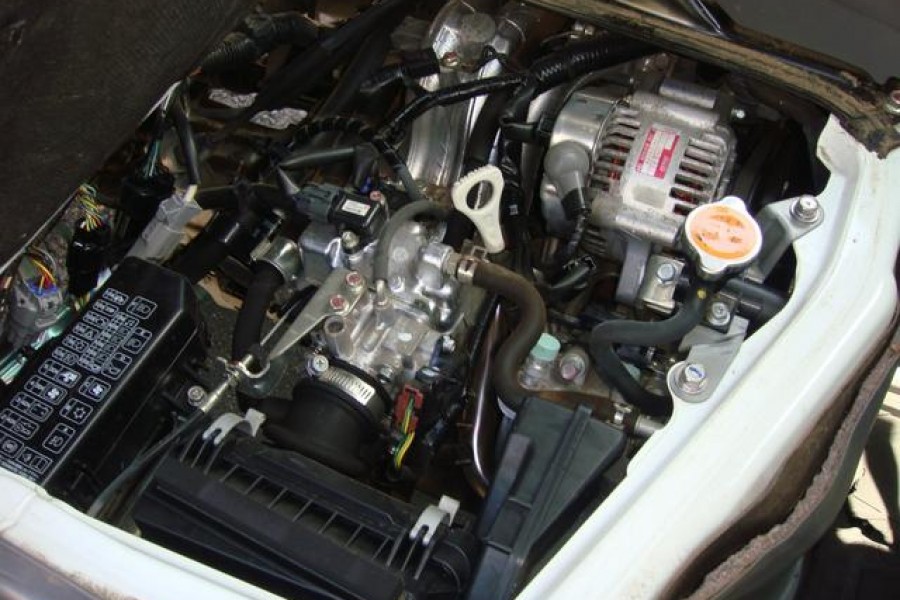How To Bleed Air From Fuel Lines Of A Truck
In most trucks, the fuel tank is located at the rear part. The fuel hoses move fuel from the tank to the engine. Pressure has to be generated for fuel to flow in the hoses. The air bubbles in the fuel hoses interfere with the normal flow of fuel from the tank to the engine.
How To Bleed Air From Fuel Lines Of A Truck
Bleeding out air from the fuel system is the most common challenge on diesel engines. Knowing how to remove air from the lines of your fuel system is necessary. Following the steps below will help you bleed air from your fuel lines.
Step 1
Locate the fuel rail of your truck by opening and looking for it below the hood. There are several engine parts and hoses under your hood, and they perform various functions. You can identify the fuel rail’s unique location within the engine bay. You will see it at the back of your engine bay towards the firewall on top.
Step 2
Search for the Schraeder valve, which resembles a stem on the tire. The Schraeder valve is the bleeder which removes pressure and expels air from the fuel lines. It does this if you remove or loosen it. In some trucks, you will not have to remove it, while in some, you will press it down. Removing or pressing it will push out air and pressure from the fuel system.
Step 3
After locating the Schraeder valve, have a rag that you will spread over the end of the valve before you loosen it. To ease the valve, have a wrench and depress its center using a screwdriver. If you do this successfully, you will hear air escaping from the valve. When the air comes out, it might be accompanied by a bit of fuel. The rag will perform the role of ensuring that no fuel spreads to other parts of the engine.
Step 4
Generate more pressure in the fuel system. To do this, you must shut the valve and ignite your truck. When the engine is on, the fuel pump will prime the system. Listen to this until it stops. Then, you can turn off the engine and turn it on again to allow the system to generate more pressure. Repeat this process severally.
Step 5
Repeat the process you have done in steps 3 and 4 keenly. Doing this will help you ascertain that you have correctly bled your fuel system and it is now working well. After ensuring that your truck’s fuel system works well, tighten the Schraeder valve and close your hood.
Conclusion
Consider bleeding your fuel line if your truck has been at the parking yard for a while. Doing this will remove air particles in the fuel hoses before you start driving. When there are air particles in your fuel lines, your engine will not be able to function correctly. Air will get into your fuel hoses when there is a leakage within the hoses or when draining fuel. Bleeding fuel lines require very little mechanical knowledge. All you need to do is to follow the procedure in this guideline.

